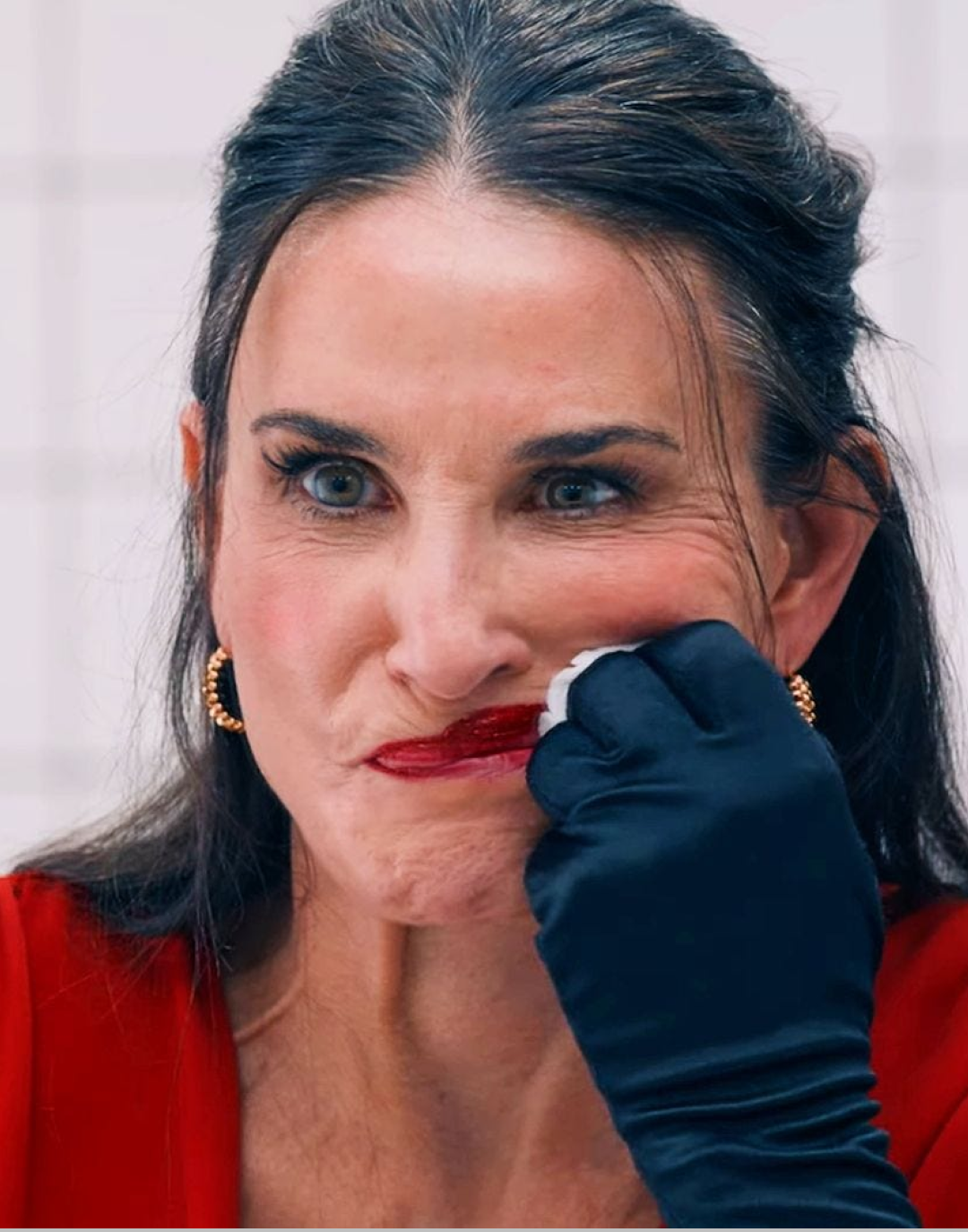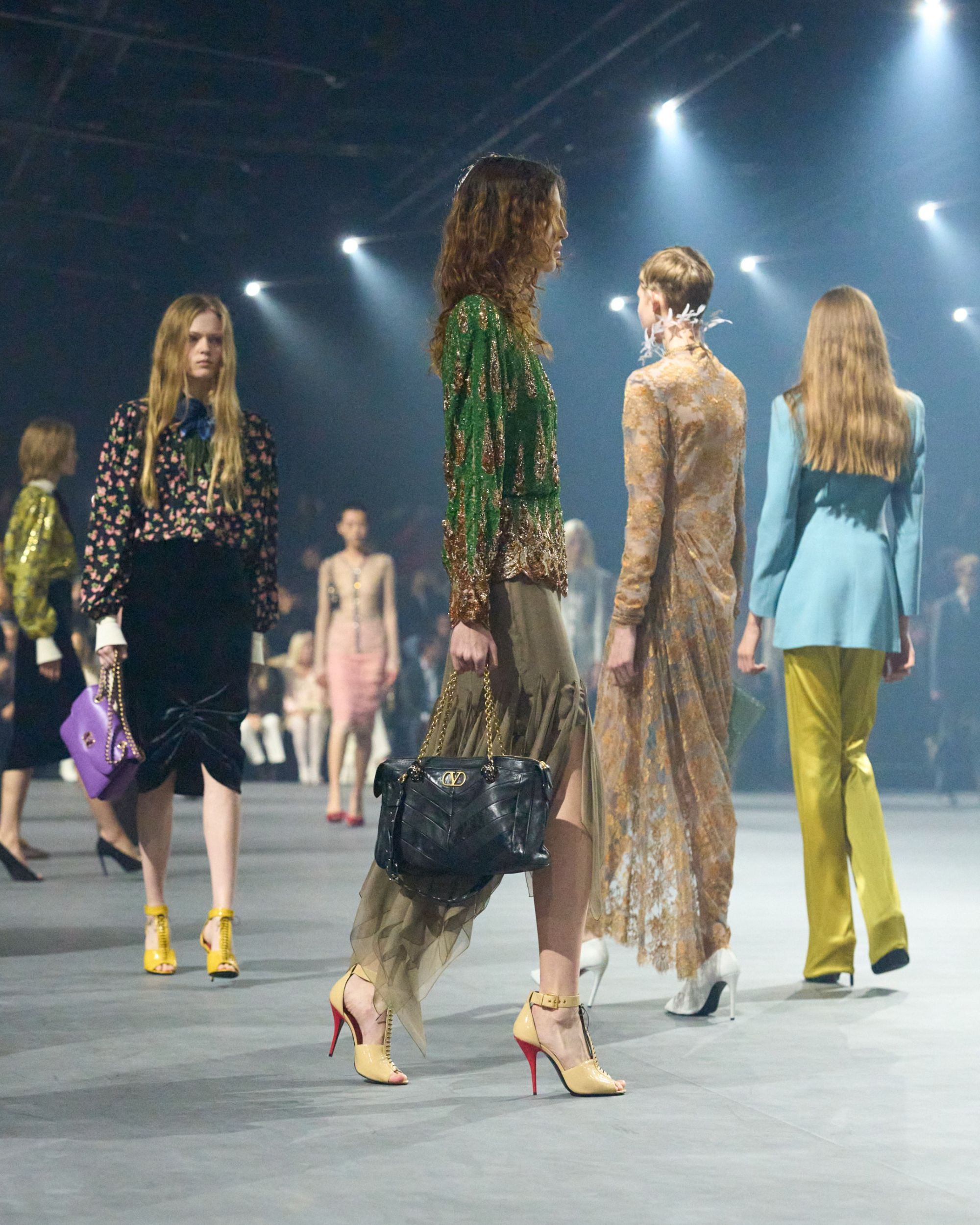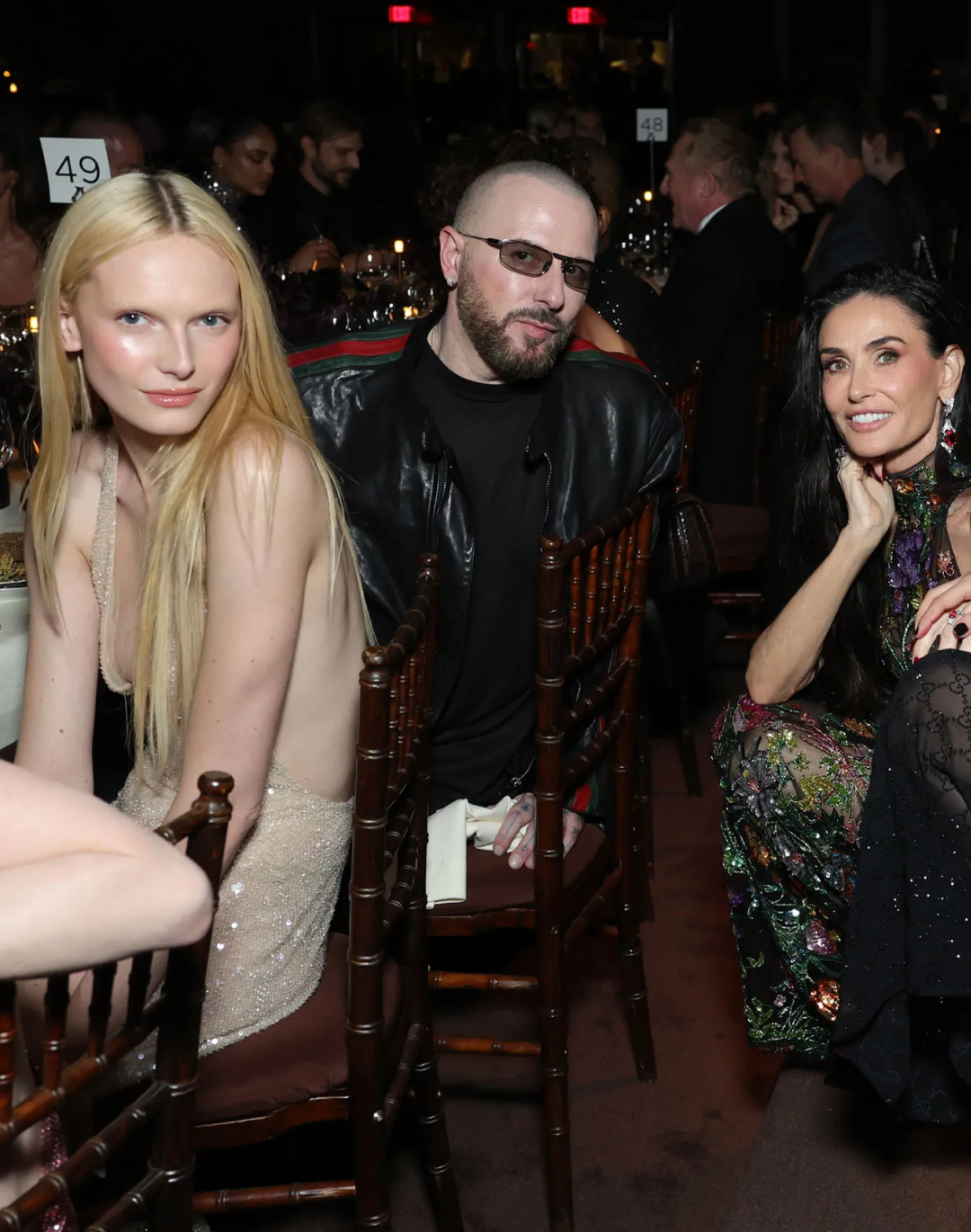
What is happening to the Mayhoola group? Some say the fund may be about to "retire" from fashion, but not luxury
Mayhoola for Investments, the Qatari holding company managed by Rachid Mohamed Rachid that owns Balmain and Valentino, finds itself at a crucial juncture in its business strategy. As reported by MF Fashion, following the acquisition of Valentino, speculations have arisen about a potential future sale of Balmain. The recent sale of 30% of Valentino to Kering, with the option for the latter to increase its stake to 100% by 2028, has highlighted two possible scenarios for Mayhoola. On one hand, it could consider disinvestment in the fashion sector but not in the luxury sector. On the other hand, it could contemplate entering as a partner in the Kering group, thus opening up new prospects for both parties. The agreement between Mayhoola and Kering, signed last July, marked a turning point for both companies, although it did not have an immediate impact on the market: the scenario that emerges is one in which Mayhoola sells its brands to Kering, becoming in return one of its major shareholders with seats on the board of directors, and then devotes itself to other luxury investments in the future - but this is a plan that could not only conclude within five years but also change, considering how Kering's partial acquisition of Valentino is "time-bound" and could become total in four years, thus allowing both entities time to evaluate their options based on market shifts and reconfigurations.
The process of partial divestment of Valentino officially began in December, when Kering received antitrust approval to acquire 30% of the Italian fashion house for €1.7 billion. However, the most significant aspect of the agreement concerns Kering's option to acquire full control of Valentino by 2028. This clause paves the way for a possible broader partnership between the two companies, which could see Mayhoola becoming a shareholder in Kering. Despite the focus primarily being on Valentino, Mayhoola also owns Balmain and Pal Zileri. Attention has recently shifted to Balmain, especially after the launch of its first beauty product line in collaboration with Estée Lauder. This strategic launch could increase the brand's value, which was acquired by Mayhoola in 2016 and has, according to BoF, grown from an initial annual sales volume of twenty million dollars to over three hundred million dollars. With the upcoming launch of the beauty line, one of the major moneymakers in the fashion world, the brand's value could further increase, representing an attractive asset for sale to maximize profits in the context of a fund divestment in the luxury world.
This is VERY interesting: Kering is buying 30% of Valentino, for €1.7 billion, with an option to acquire 100% by 2028. It is part of a "broader strategic partnership" between Kering and Valentino owner Mayhoola, which could lead to Mayhoola becoming a shareholder in Kering.
— Vanessa Friedman (@VVFriedman) July 27, 2023
But why should Mayhoola withdraw from the luxury market? The idea that an outsider might have is based on the group's behavior: after the mega-acquisitions of Valentino and Balmain, in fact, there have been no further acquisitions, despite the CEO recently telling WWD that "what we want to achieve with Mayhoola is to be a powerhouse investing in luxury" and the agreement with Kering was aimed at emulating the benefits of a stock market listing by reducing risks and also responding to the fund's desire to "be incorporated with a bigger investment platform in luxury" becoming a 10% shareholder of Kering, according to assumptions. "In addition to that, we agreed with Kering group that we are going to explore investments in areas beyond fashion, but in luxury, so that could cover hospitality, food and beverage or other areas," Rachid concluded - suggesting that perhaps the group could “entrust” its fashion business to Kering, of which it would then become a major shareholder, to focus on other areas of the luxury industry. The idea makes sense because on one hand Kering intends to expand more fully into areas outside of luxury, diversifying its portfolio and relying less on the volatile performance of fashion brands; on the other hand, Mayhoola would be able to monetize its brands by creating liquidity for new investments without exiting the fashion industry and merging with a partner whose specialty is precisely to follow those investments in fashion, allowing the fund to pursue new operations.















































